10 Year warrantly on all cast iron radiators.
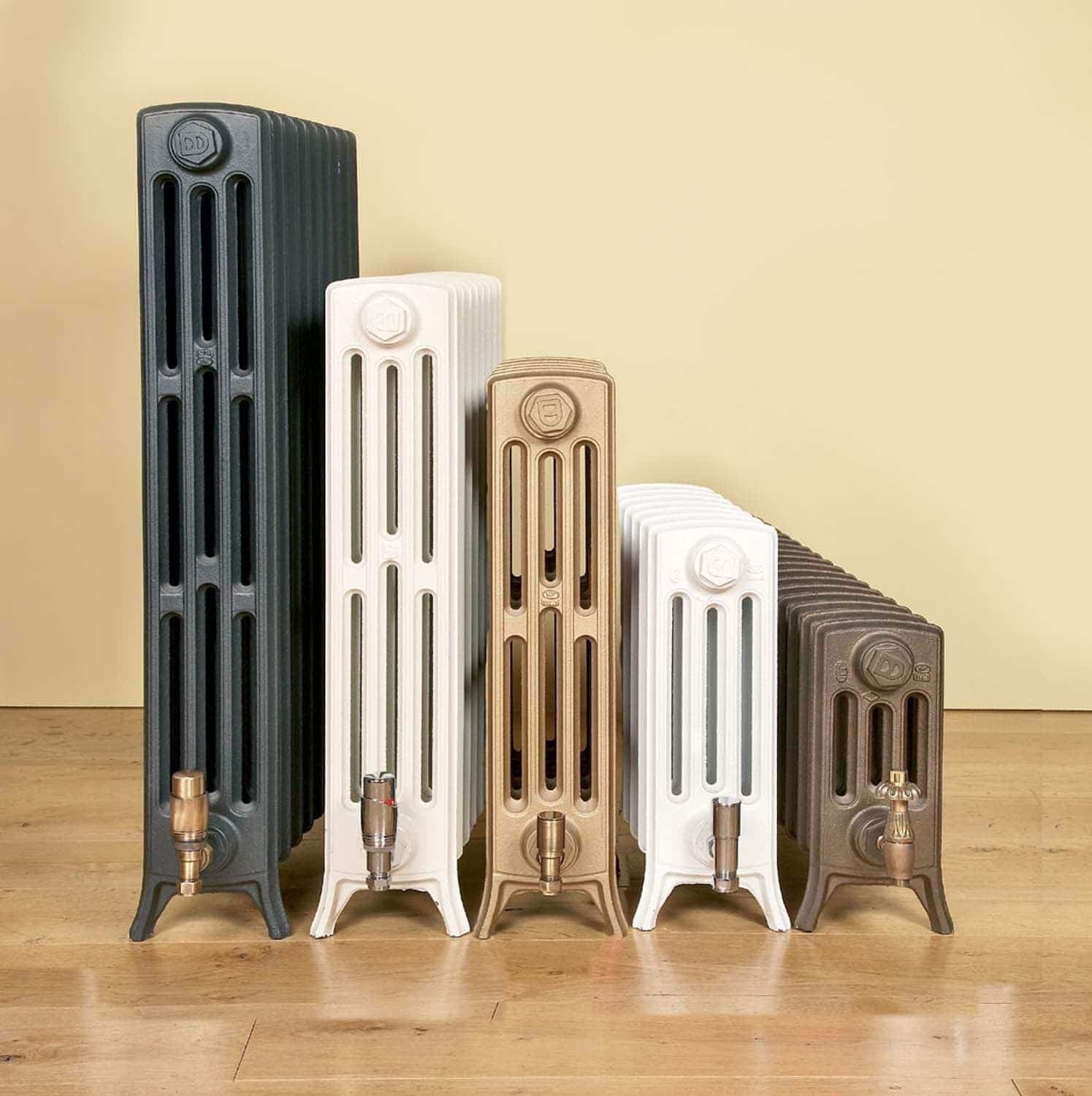
Cast Iron Radiators
Explore our premium range of cast iron radiators, available in plain column or ornate designs, finished in colours matched to Farrow & Ball shades.
Our cast iron radiator collection offers a variety of sizes and finishes to suit any home — from Victorian terraces to National Trust properties. Each radiator is expertly inspected for quality, performance, and value.
Pair your radiator with our traditional thermostatic valves in period finishes like antique brass or pewter for the perfect finishing touch.
With generous warranties and timeless appeal, our cast iron radiators combine classic style with lasting durability — a true investment in your home’s character and charm.
Heat Calculator
Calculate My Heat Requirements
FREE UK Delivery
Spend over £100 and get free UK delivery.
Buy With Confidence
Prior to your order being processed we will call you to check details.
Visit Our Showroom
Know what heat output you require? Enter it into the below field and we'll let you know if a radaitor is right for your room.
Not sure what output you need to fill your room with heat? Complete the form below to calculate your required heat output.
My house was built after 2002 or is well insulated (part L compliant)
My room is north facing.
My room has French doors / large window.
My room has single glazed windows.
My room is exposed & colder.

-
 Unbeatable priceVictorian 3 Column Cast Iron Radiator - 450mm high traditional heating style£201.60In stock
Unbeatable priceVictorian 3 Column Cast Iron Radiator - 450mm high traditional heating style£201.60In stock -
 Unbeatable priceVictorian 3 Column Cast Iron Radiator - 645mm high traditional style heating£210.00In stock
Unbeatable priceVictorian 3 Column Cast Iron Radiator - 645mm high traditional style heating£210.00In stock -
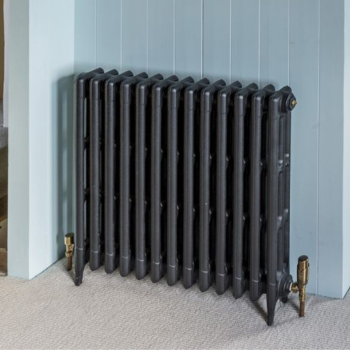 Unbeatable priceVictorian 3 Column Cast Iron Radiator - 745mm high traditional style heating£217.20In stock
Unbeatable priceVictorian 3 Column Cast Iron Radiator - 745mm high traditional style heating£217.20In stock -
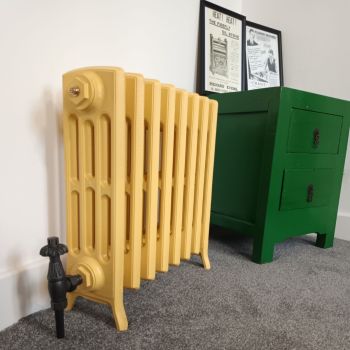
-
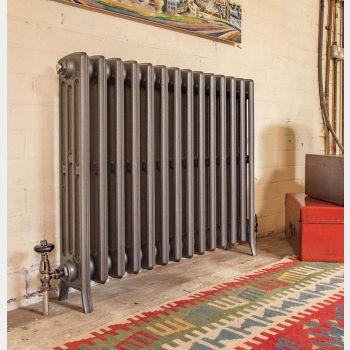
-
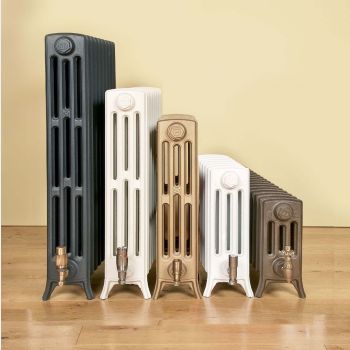
-
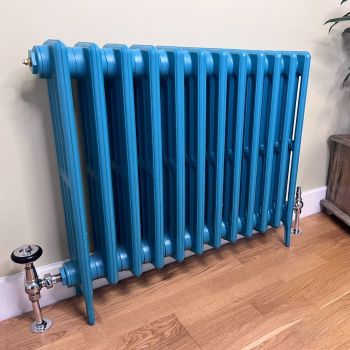 Best value cast ironVictorian 4 Column Cast Iron Radiator - 660mm and 760mm high traditional style heating£219.60In stock
Best value cast ironVictorian 4 Column Cast Iron Radiator - 660mm and 760mm high traditional style heating£219.60In stock -
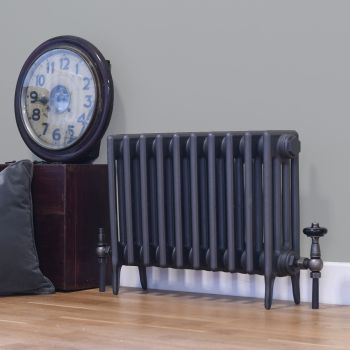 Best value cast ironVictorian 4 Column Cast Iron Radiator - 460mm high traditional style heating£210.00In stock
Best value cast ironVictorian 4 Column Cast Iron Radiator - 460mm high traditional style heating£210.00In stock -
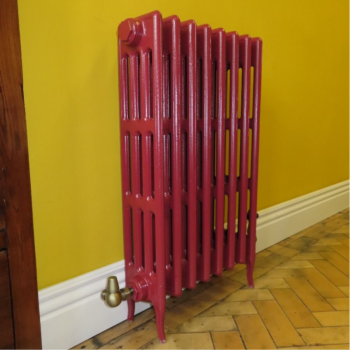 Best value cast ironVictorian 4 Column Cast Iron Radiator - 810mm high traditional style heating£249.60In stock
Best value cast ironVictorian 4 Column Cast Iron Radiator - 810mm high traditional style heating£249.60In stock -

-
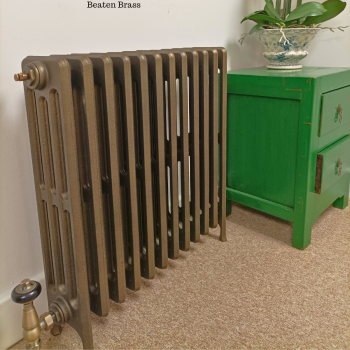
-
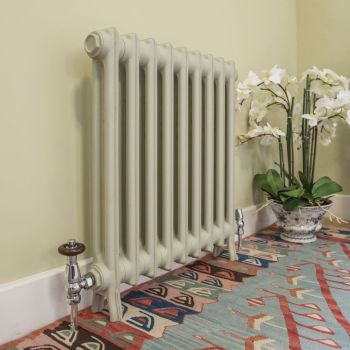
-
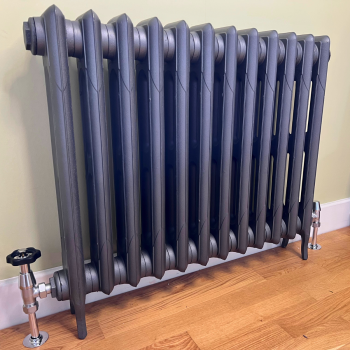
-
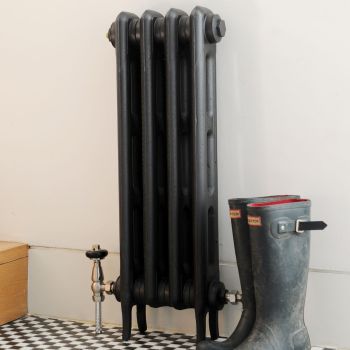
-
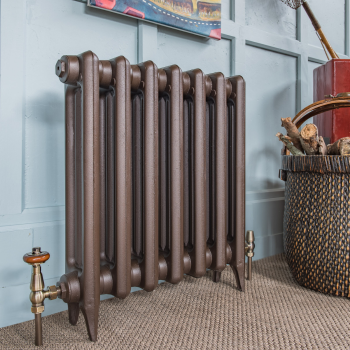
-
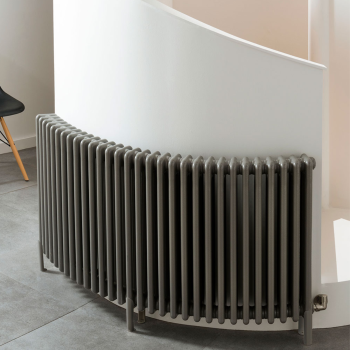
Our History With Traditional Cast Iron Radiators
For nearly 20 years, Feature Radiators has been a trusted name in cast iron radiators. Originally founded as a reclamation business restoring vintage radiators from old mills and schools, we’ve evolved into a leading supplier of newly cast models.
Recognising the advantages of modern manufacturing, we now source new cast iron radiators from the most reliable foundries in Europe and China, ensuring consistent quality, extended warranties, and a wide choice of styles and sizes.
With two decades of expertise, Feature Radiators delivers only the highest-quality cast iron and traditional radiators, finished to perfection and built to last.
Why choose cast iron for radiators?
Choosing cast iron radiators offers a host of benefits rooted in tradition and practicality. During the Victorian era, Victorian radiators were built with cast iron as the preferred material for radiators, and their enduring popularity stems from their ability to bring authenticity to period properties while adding timeless quality to contemporary interiors.
The density and substantial mass of cast iron enable it to function as a highly efficient heat store. This unique characteristic means that a cast-iron radiator retains warmth long after the central heating system has been turned off. This quality is particularly valued by heating engineers and architects, especially for older properties.
Cast iron heating not only keeps the radiators warm but also contributes to retaining heat in the building's structure, effectively countering issues like dampness and condensation.
Beyond its functional advantages, cast iron radiators boast a textured finish, providing a distinctive aesthetic appeal. Whether seeking authenticity for a period property or adding a touch of timeless elegance to a modern setting, cast iron, traditional style radiators remain a favoured choice for their enduring appeal and efficient heat retention properties.
What is the difference between cast iron and column radiators?
The terms "cast iron" and "column" are not mutually exclusive when it comes to radiators; rather, they describe different aspects of radiator design. Let's break down the distinctions:
-
Material:
-
Cast Iron Radiators: This term refers to the material from which the radiator is made. Cast iron radiators are constructed entirely or predominantly from cast iron. Cast iron is known for its durability and heat retention properties, making it a popular choice in traditional and period-style homes.
-
Column Radiators: This term refers to the structure of the radiator. Column radiators have a design that consists of vertical columns or tubes. These columns are responsible for the radiator's heat output. The materials used for column radiators can vary and may include cast iron, steel, or aluminium.
-
-
Design and Structure:
-
Cast Iron Radiators: These radiators are typically made entirely of cast iron and often feature intricate designs with ornate details. They are known for their classic and timeless appearance, making them popular in historic or period-style homes.
-
Column Radiators: The term "column" describes the structure of the radiator rather than the material. Column radiators can be made from various materials, including cast iron, but they are characterized by a design that includes vertical columns or tubes. The columns contribute to the overall aesthetic and heat output of the radiator.
-
-
Heat Retention:
-
Cast Iron Radiators: Cast iron has excellent heat retention properties, allowing the radiator to stay warm for an extended period after the heating system is turned off.
-
Column Radiators: The heat retention properties can vary based on the material used. Cast iron column radiators will have similar heat retention characteristics to traditional cast iron radiators.
-
In summary, "cast iron" describes the material, while "column" describes the design structure of a radiator. Cast iron radiators can have a column design, but not all column radiators are made of cast iron; they can be constructed from various materials. The choice between the two depends on factors such as aesthetic preferences, the period of the home, and specific heating requirements.
Do cast iron radiators take longer to heat up?
Yes, cast iron radiators take longer to heat up than modern steel or aluminium models due to the dense nature of cast iron and its lower thermal conductivity.
While they warm up more slowly, they retain heat far longer, continuing to emit warmth even after the heating system is off.
Many homeowners choose cast iron radiators for their timeless design, durability, and the steady, comfortable heat they provide — making them a perfect blend of style and performance.
What is the heat output of a cast iron radiator?
The heat output of a cast iron radiator depends on its size, design, and your heating system setup. Output is measured in BTUs or watts, and every radiator on our site includes clear heat output ratings.
When you select a radiator size, you’ll see the output based on Delta T50, with the option to adjust for your system’s rating for greater accuracy.
Room requirements vary based on factors like insulation, window type, and layout — so use our handy heat calculator tool [link] to find the ideal radiator output for your space and ensure your cast iron radiator keeps your room perfectly warm.
Reproduction or reclaimed cast iron? Which is best?
There are now some superb reproduction cast iron radiators available, which are made the same way as their ancestors, so look just the same. Some of the advantages that our reproduction cast iron radiators have over their reclaimed counterparts are set out below.
Our reproduction cast iron radiators:
-
come with a manufacturer’s guarantee;
-
are the easier choice – the radiators arrive on-site ready to plumb in;
-
are available in primer - for on site painting or in a painted finish (wide selection of colours to choose from);
-
are built to order, so you can specify the right size radiator for your room, in terms of both heat output and dimensions, and you can easily obtain matching radiators in the correct sizes for use throughout the house (achieving this using reclaimed radiators would need a lot of good luck and patience).
Reclaimed Radiators:
We no longer sell reclaimed cast iron radiators, but they do offer some advantages:
-
Often available from salvage yards, sometimes at lower prices (though costs have risen with demand).
-
Features unique and historic designs that add character to a space.
-
Carry a sense of heritage and authenticity, provided they’ve been stored correctly and come from a working system.
However, reclaimed models require time and money for renovation and transportation, and they don’t include a manufacturer’s warranty, although some sellers may offer limited assurances against leaks.
Ultimately, choosing between reproduction and reclaimed cast iron radiators depends on your budget, style preferences, and desired level of customization.
Reproduction cast iron radiators offer a hassle-free, guaranteed option with a wide choice of finishes, while reclaimed radiators provide unique character and history — though they may require extra renovation and care.
Warning – do not powder coat a cast iron radiator, reclaimed or reproduction, as the process can damage the seals between radiator sections.



